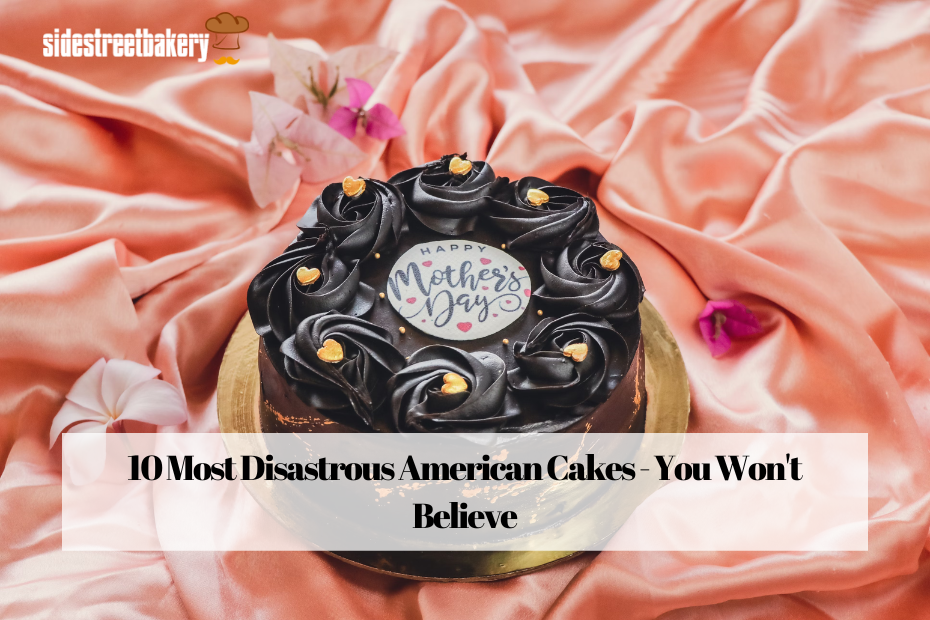When it comes to desserts, Europe boasts a rich and diverse culinary heritage. From the hearty Hungarian-Jewish flódni to the delicate Kardinalschnitte of Vienna, traditional European cakes have captivated taste buds for centuries. In this article, we will take you on a journey to discover these delightful confections, exploring their ingredients, history, and the festive occasions they are associated with.
1. Flódni: A Hungarian-Jewish Delight
Flódni is a cherished Hungarian-Jewish dessert, adored for its intricate layers and delectable fillings. This classic cake features layers of walnut, apple, plum jam, and poppy seed, creating a symphony of flavors and textures. The dough, made from flour, salt, sugar, butter, egg yolks, and white wine, forms the perfect foundation for this sweet masterpiece. The fillings, enriched with lemon juice, cinnamon, chocolate, white wine, honey, and cloves, elevate Flódni to a dessert fit for special occasions.
Flódni is particularly popular during the festive holiday season. Some prepare it for Hanukkah or Christmas, while others savor it on New Year’s Eve. Its rich history and unique blend of flavors make Flódni a must-try dessert for anyone seeking an authentic taste of Hungary.
2. Arretje Nof: The No-Bake Dutch Delight
Arretje nof is a traditional Dutch chocolate cake that defies the conventions of baking. This delightful dessert requires no oven time, only a few hours in the fridge. The recipe calls for a harmonious combination of butter, cookies, dark chocolate, sugar, eggs, and cocoa powder. These ingredients are melted into a rich sauce, mixed with cookie pieces, and then chilled in a cake pan for a few hours or overnight. Once set, the cake is cut into slices, revealing its decadent layers.
Arretje nof is especially popular during the festive Christmas season, making it a beloved treat for those seeking a no-fuss, indulgent dessert.

3. Bremer Klaben: A Taste of Bremen’s History
Bremer Klaben is a rich and historically significant cake from the German city of Bremen. Its origins can be traced back to the 16th century when bakers in Hanseatic League cities gained access to exotic ingredients through their trade connections. This cake boasts a yeast dough infused with candied fruit and nuts, creating a delightful contrast of flavors and textures. Unlike its counterpart, Dresdner Stollen, Bremer Klaben skips the sugar dusting after baking, relying on the distinct taste of cardamom, rum, or nutmeg to enchant its consumers.
4. Oroszkrém Torta: A Hungarian Classic
Oroszkrém torta, known as the Russian cream cake, is a classic Hungarian dessert with a rich history. This heavenly creation is composed of multiple sponge layers and a creamy filling infused with the tantalizing flavors of rum-soaked raisins. While the cake is lavishly decorated with whipped cream, it maintains a light and refreshing flavor that pairs perfectly with a cup of strong coffee. It is traditionally enjoyed in Hungarian coffee houses, serving as a delightful slice of Hungary’s culinary heritage.

5. Spekkoek: Indonesia’s Layered Delight
Spekkoek, also known as lapis legit, is a traditional layered cake hailing from Indonesia, influenced by Dutch cuisine. This intricate cake consists of 18 to 30 separately baked layers, each crafted with egg yolks, sugar, flour, butter, and a medley of spices such as mace, nutmeg, cloves, and cinnamon. Unlike its European counterpart, the spit cake, Spekkoek is prepared in square-shaped baking pans, ensuring a distinctive appearance and flavor.
It’s important to note that Spekkoek should not be confused with kuih lapis (or kue lapis), as it is baked, not steamed. This cake is a true testament to the fusion of Dutch and Indonesian culinary traditions.
6. Kardinalschnitte: Vienna’s Divine Creation
Kardinalschnitte, a divine dessert closely associated with Vienna, takes its name from the colors of the Catholic church – white and gold. The soft meringue and genoise sponge combination form the basis of this elegant creation. Its interior is graced with a thick cream, typically flavored with coffee and adorned with fresh berries or jam. The interplaced walls of this dessert are crafted from a cornmeal batter, resulting in a texture that’s light, airy, and delicately crunchy.
7. Kołocz Śląski: Poland’s Magical Cake
Kołocz śląski, a rectangular cake of substantial weight, holds a special place in Polish culinary traditions. Available in four varieties, including those with apple, cheese, or poppy seed fillings, it has been baked since the 10th century in the Opole and Silesian Provinces. In a fascinating historical context, skilled women exclusively baked this magical cake, taking precautions to ensure no draughts or men entered the room during its preparation. Legend has it that consuming this cake at weddings guaranteed blessings of children for the newlyweds.

Today, it is customary to bring this golden-hued cake to wedding guests a few days before the event. The interior of the cake varies, with options of creamy yellow (cheese), dark grey (poppy seeds), or amber (apples), making Kołocz śląski a symbol of tradition and celebration.
8. Poffert: Groningen’s Hearty Cake
Poffert, a specialty cake from Groningen, is characterized by its hearty and dense composition. Made with a batter of flour, eggs, milk, and butter, it is generously stuffed with raisins, apricots, figs, and preserved ginger. Interestingly, Poffert is meant to be enjoyed as a meal rather than a dessert or coffee cake, and there’s no sugar in the batter. However, it is sometimes served with sweet syrup or butter, enhancing its flavors and textures. It is said that Poffert tastes even better when consumed the next day, making it a delightful and hearty treat.
9. Rapska Torta: Croatia’s Spiral Sensation
Rapska torta, originating from the Croatian island of Rab, is a cake steeped in tradition. First served in 1177 to Pope Alexander III, this decadent cake is celebrated for its signature spiral shape and its unique blend of ingredients. Almonds, lemon zest, orange zest, and Maraschino liqueur infuse this cake with distinctive flavors. While it was once exclusively baked for festive occasions such as baptisms and weddings, it has become a popular souvenir, available in various forms.
10. Punschkrapfen: Austria’s Rum-Soaked Delight
Hiding beneath the adorable pink fondant of Punschkrapfen are cubes crafted from rum-soaked biscuit sponges, layered with a combination of nougat and jam. This iconic Austrian treat has been enjoyed for centuries, and while the exact origins are debated, some believe it dates back to the Middle Ages. Today, Punschkrapfen comes in a variety of shapes and sizes, typically drizzled with chocolate or adorned with a cocktail cherry. These sweet delights are readily available in pastry shops and bakeries throughout Austria, allowing you to experience a taste of Austrian history and culture.
conclusion
Europe’s traditional cakes are more than just desserts; they are a testament to the region’s rich culinary history and cultural diversity. Each cake tells a unique story, blending flavors, techniques, and traditions that have been cherished for generations. Whether you’re indulging in the layers of a Flódni or savoring the history of a Kołocz śląski, these European cakes are bound to leave a lasting impression on your taste buds and your understanding of the continent’s diverse and delectable culinary landscape.
Read Also:- Top 10 Western European Cakes






